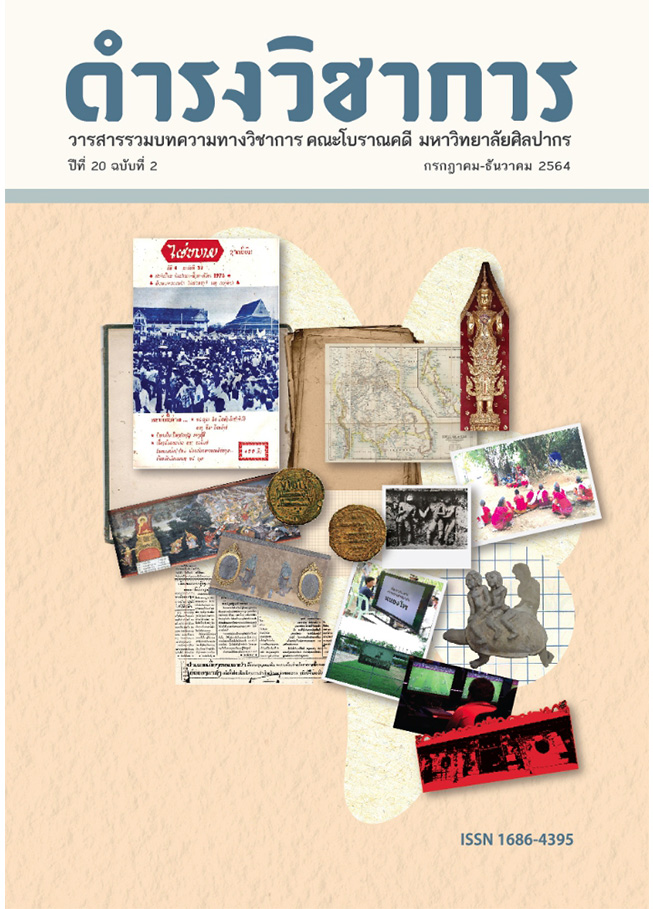Otherness in the Globalized Multiculturalism Period in Singapore: Case Study from Modern Singaporean Literary Works by Female Writers
Keywords:
Multiculturalism, Singaporean literature, Racial prideAbstract
This article aims to study the representation and narrative of otherness in modern Singaporean literary works including novels, short stories and plays by female writers in the Ethnic Integration and Multiculturalism Period as a case study for the ASEAN community. In the Globalized Multiculturalism period, the Singaporean government tried to manage “otherness” from inside and outside the country. For “Inside Otherness”, the government supported creating a harmonious multicultural society and established an open-door policy to welcome foreign workers and skillful Western expatriates into Singapore. Otherness in Singapore there are two-layered. On the one hand, ‘otherness’ refers to the presence of foreign workers and expats; on the other, ‘otherness’ refers to the multiracial make-up Singaporean citizens. The Singaporean government encouraged understanding among citizens through use of films, songs, and the state’s policies, including the Ethnic Integration Policy and the Kampong Spirit. Selected modern Singaporean literary works in English from female writers Catherine Lim, Stella Kon and Suchen Christine Lim represented Singaporean citizens’ bias toward foreign workers and Western expats in Singapore. These literary works also criticized Singaporean Chinese eminent multicultural society and presented racial bias among Singaporeans themselves, especially toward hybrid mixed-racial citizens such as Eurasians and Chindians.
References
ภาษาไทย
โคริน เฟื่องเกษม, 2554. สิงคโปร์ภายใต้สามผู้นำ. กรุงเทพฯ: โรงพิมพ์เดือนตุลา จำกัด.
เพ็ชรี สุมิตร, 2557. ประวัติศาสตร์สิงคโปร์. กรุงเทพฯ: มูลนิธิโครงการตำราสังคมศาสตร์และมนุษยศาสตร์.
ภาษาอังกฤษ
Bhabha H., 1990. “Dissemination: Time, narrative, and the margins of the modern nation.” In H. Bhabha (Ed.), Nation and narration (pp. 291-321). London: Routledge.
Chew E., 1991. A history of Singapore. England: Oxford University Press.
Chua B. H., 1997. Hybridity, ethnicity and food in Singapore. Singapore: Dept. of sociology, National University of Singapore.
Guha R. (Ed.), 1997. A subaltern studies reader 1986-1995. Oxford: Oxford University Press.
Han F. K., Fernandez W., & Tan S., 1997. Lee Kuan Yew: The man and his ideas. Singapore: Times Editions.
Koh T. A., 1992. “The impact of literature on society in Singapore.” In A. Kassim & T. S. Lau (Eds.), Malaysia and Singapore: Problems and prospects (pp. 69-85). Singapore: Singapore Institute of International Affairs.
_____, 1994. “Sing to the Dawn: Novels in English by Singaporean women.” In T. B. Kintanar et al. (Eds.), Emergent voices: Southeast Asian women novelists (pp. 66-79). Manila: University of the Philippines Press.
Kon S., 2000a. A breeding pair. Singapore: SNP Editions.
_____, 2000b. Emporium and other plays. Singapore: SNP Editions.
_____, 2000c. Prize winning plays. Singapore: SNP Editions.
_____, 2000d. Silent song and other plays. Singapore: SNP Editions.
_____, 2000e. The immigrant and other plays. Singapore: SNP Editions.
_____, 2012. Emily of Emerald Hill. Singapore: Constellation Books.
Lim C., 1978. Little ironies-stories of Singapore. Singapore: Heinemann Asia.
_____, 1980. Or else, the lightning god & other stories. Singapore: Heinemann
Asia.
_____, 1982. The serpent’s tooth. Singapore: Times Books International.
_____, 1989. O Singapore!. Singapore: Times Books International.
Lim S. C., 1993. Fistful of colours. Singapore: SNP International Publishing.
Said E., 1979. Orientalism. Lonson: Vintage.
Downloads
Published
Issue
Section
License
Copyright (c) 2021 Damrong Journal of The Faculty of Archaeology Silpakorn University

This work is licensed under a Creative Commons Attribution-NonCommercial-NoDerivatives 4.0 International License.
บทความนี้เป็นผลงานของข้าพเจ้าแต่เพียงผู้เดียว และ/หรือเป็นผลงานของข้าพเจ้าและผู้ร่วมงาน ตามชื่อที่ระบุในบทความจริง และเป็นผลงานที่มิได้ถูกนำเสนอหรือตีพิมพ์ที่ใดมาก่อน


